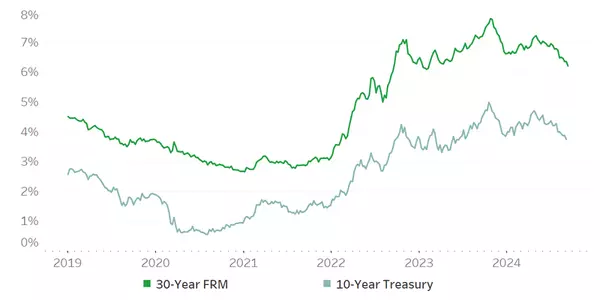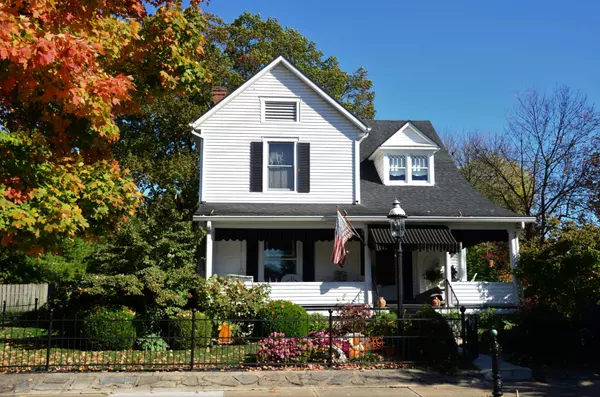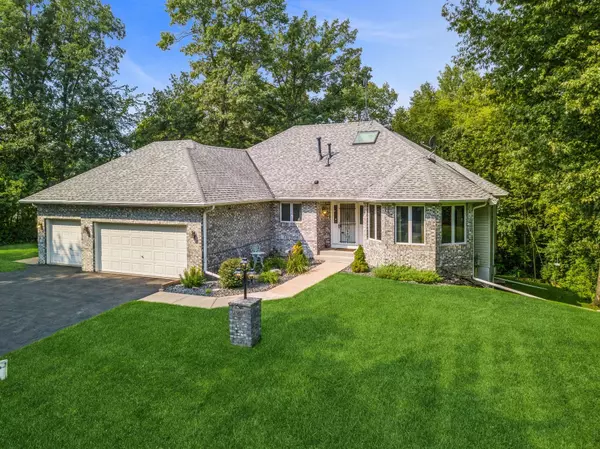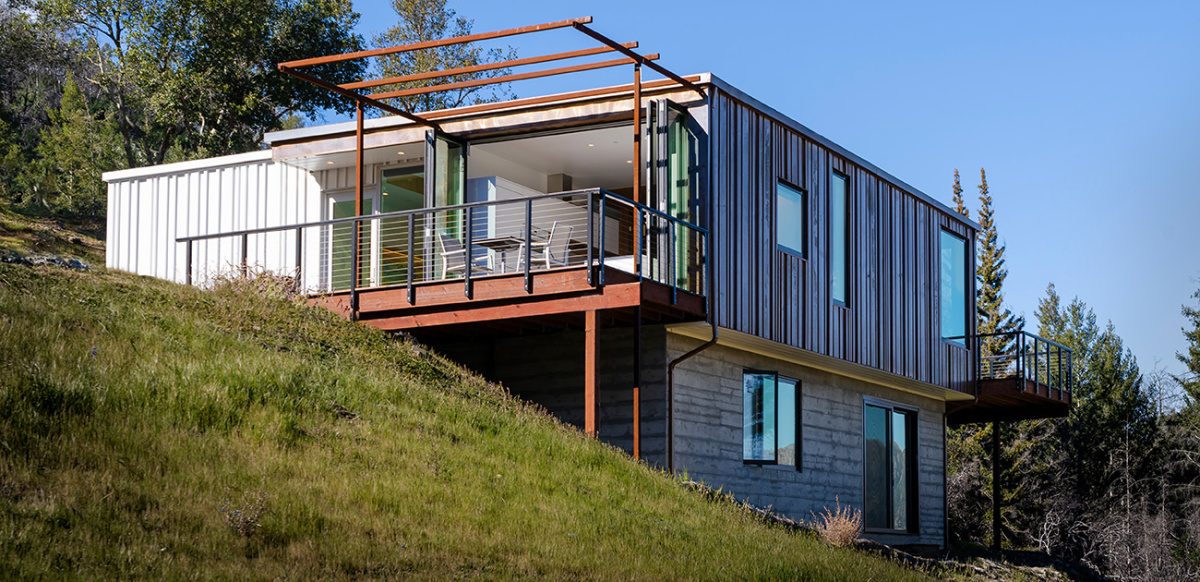Home Values Slightly Higher as Summer Winds Down

Home Values Slightly Higher as Summer Winds Down

Typical home values climbed slightly in August, while a healthy crop of new listings finally brought a few more options for home shoppers
The typical U.S. home value climbed 0.2% from July to August – a marked cooldown after red-hot monthly appreciation in the previous three months. The nation’s typical home value has reached another all-time high, and stands 1.3% higher than last August.
After housing market demand and activity peaked for the year in May and June, conditions have loosened in the later phase of summer. Not only did price growth decelerate, but closed-sales data from July showed fewer homes selling above their list price (40.4%, vs. 41.5% in June).
Listing data in August showed a continued rise in the share of listings with price cuts, up to 23.4% (vs. 21.8% in July), while listings in August took 13 days to go pending (vs. 12 in July, but vs. 15 days a year ago). Sales activity stepped down as well: there were 18.9% fewer newly pending listings in August than last year, v.s a 14.5% year-over-year dip in July.
Maybe most importantly for market watchers: New listings actually increased a little (4.0%) from July to August, registering a mere 12.7% year-over-year decline vs. a 25.6% year-over-year decline in July. This unusual late-summer boost to supply should help to ease market conditions even more than the seasonal cooldown expected at this time of year. Total inventory remains low, but it bears watching to see if this marks the start of some modest relief for the bone-dry listings drought that began in earnest in July 2022.
Most of the 50 largest metropolitan areas now have higher home values than this time last year, although several saw month-over-month declines in August.
- Home values climbed, month-over-month, in 32 of the 50 largest metro areas in August, led by Hartford (1.3%), Buffalo (1.0%), San Diego (0.9%), Cleveland (0.7%), and Providence (0.7%).
- Home values fell, on a monthly basis, in 12 major metro areas, with the largest monthly dips in New Orleans (-1.4%), Austin (-1.0%), San Antonio (-0.4%), Denver (-0.2%), and Dallas (-0.2%).
- Home values are up from year-ago levels in over half (29) of the 50 largest metro areas. Annual price gains are highest in Hartford (9.9%), Milwaukee (8.1%), Virginia Beach (5.7%), Philadelphia (5.5%), and Providence (5.3%).
- Home values are still down from year-ago levels in 21 major metro areas, with the largest drops in Austin (-11.4%), New Orleans (-8.7%), Phoenix (-6.4%), Las Vegas (-6.4%), and San Francisco (-4.2%).
New listings took an unusual late-summer step up from July’s level; inventory inched up too.
- New listings climbed 4.0% month-over-month from July to August.
- There were 12.7% fewer new listings this August than last year, vs. a decline of 25.6% year-over-year in July.
- Inventory (the number of listings active at any time during the month) in August climbed 2.2% from July.
- There were 13.9% fewer ever-active listings in August than last year, vs. a decline of 14.7% in July.
Newly pending listings continued to slide from the seasonal peak in May, and took somewhat longer to sell.
- Newly pending listings declined 1.2% in August from July, after a 6.5% decline in July.
- Newly pending listings were down 18.9% from last year (vs a year-over-year decline of 14.5% in July).
- Median days to pending climbed to 13 days, from 12 days in July.
- Median days to pending fell from 15 last August; that is the first year-over-year decline in median days to pending since April 2022.
Rents are climbing slowly now.
- Asking rents climbed 0.3% month-over-month in August, slightly faster than the pre-pandemic average pace for this time of year (0.2%), but slower than last August, or August 2021.
- Rents are now only 3.3% higher than in August of last year – a slower year-over-year growth rate than observed in 2019 (4.0% full-year rent growth) or 2018 (4.2%).
- On the whole, rental market trends seem to be returning to normal, and August continued the normal seasonal trend of cooler growth in the second half of the year.
Categories
Recent Posts









Agent | License ID: 40693934-MN | 94076-WI
+1(612) 208-3859 | brian@brianleneweaver.homes

